Preenchendo Vazios
Lumiar Cité, Lisbon
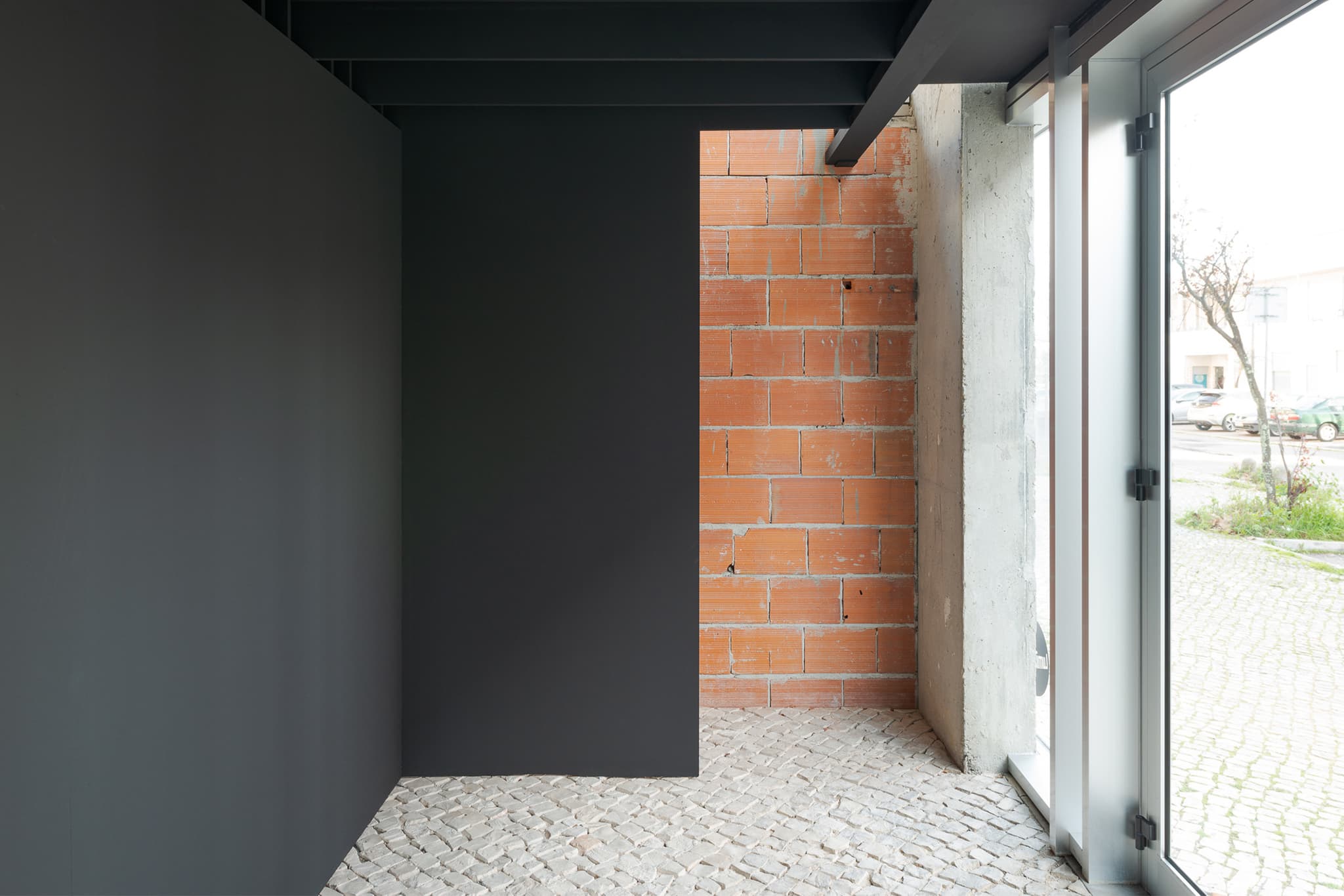
Installation View
Dozie Kanu
Preenchendo Vazios, 2024
Lumiar Cité, Lisbon
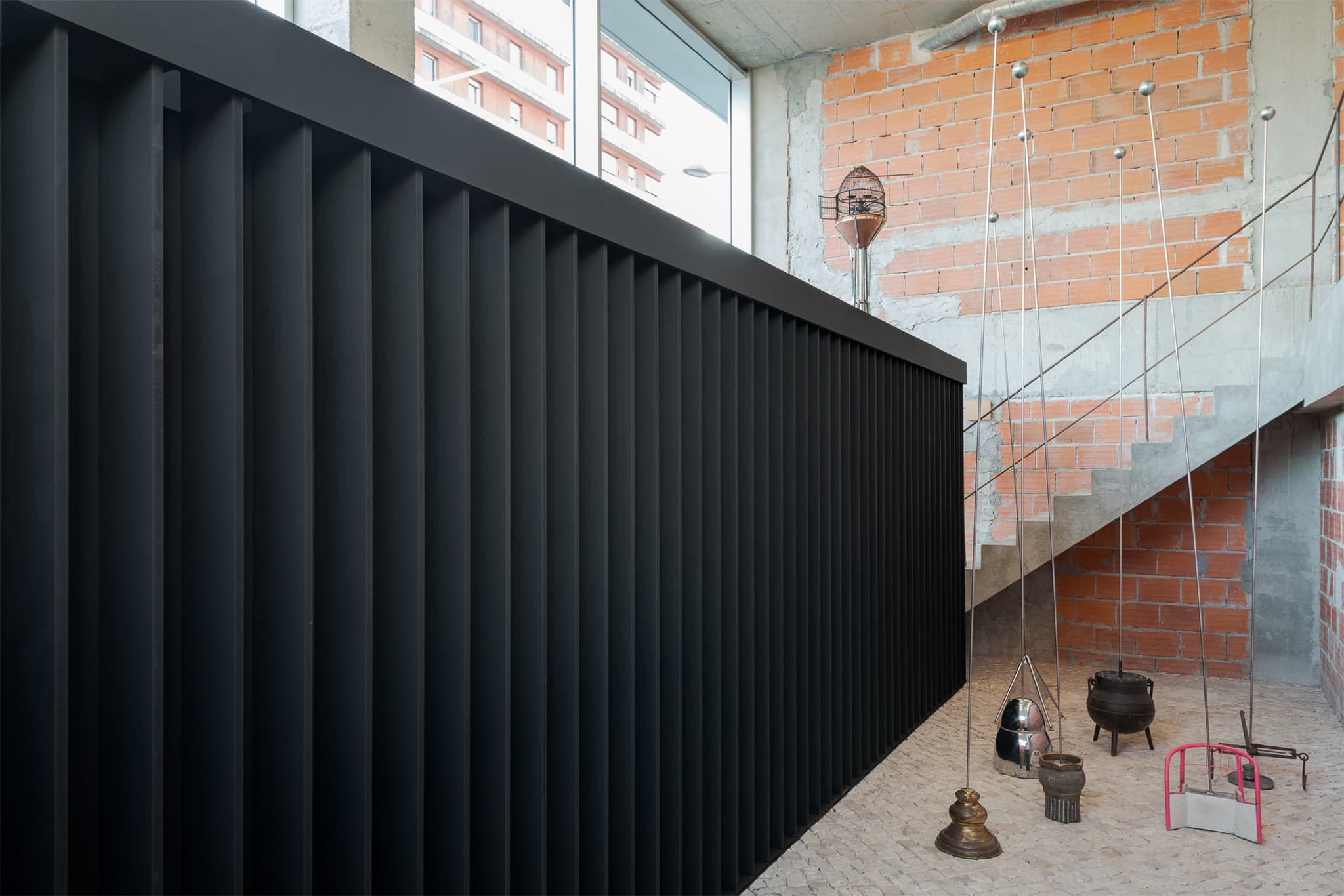
Installation View
Dozie Kanu
Preenchendo Vazios, 2024
Lumiar Cité, Lisbon
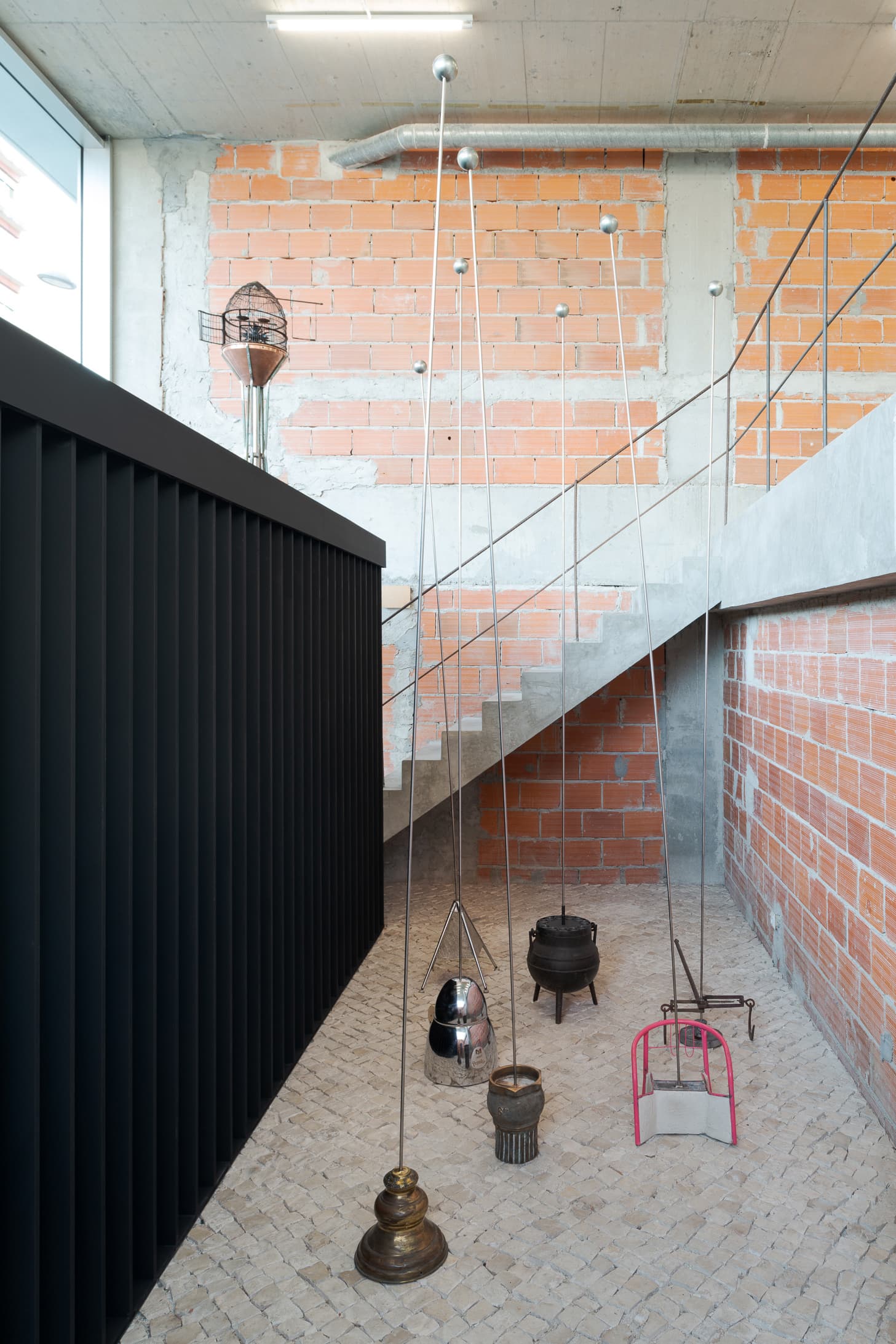
Installation View
Dozie Kanu
Preenchendo Vazios, 2024
Lumiar Cité, Lisbon
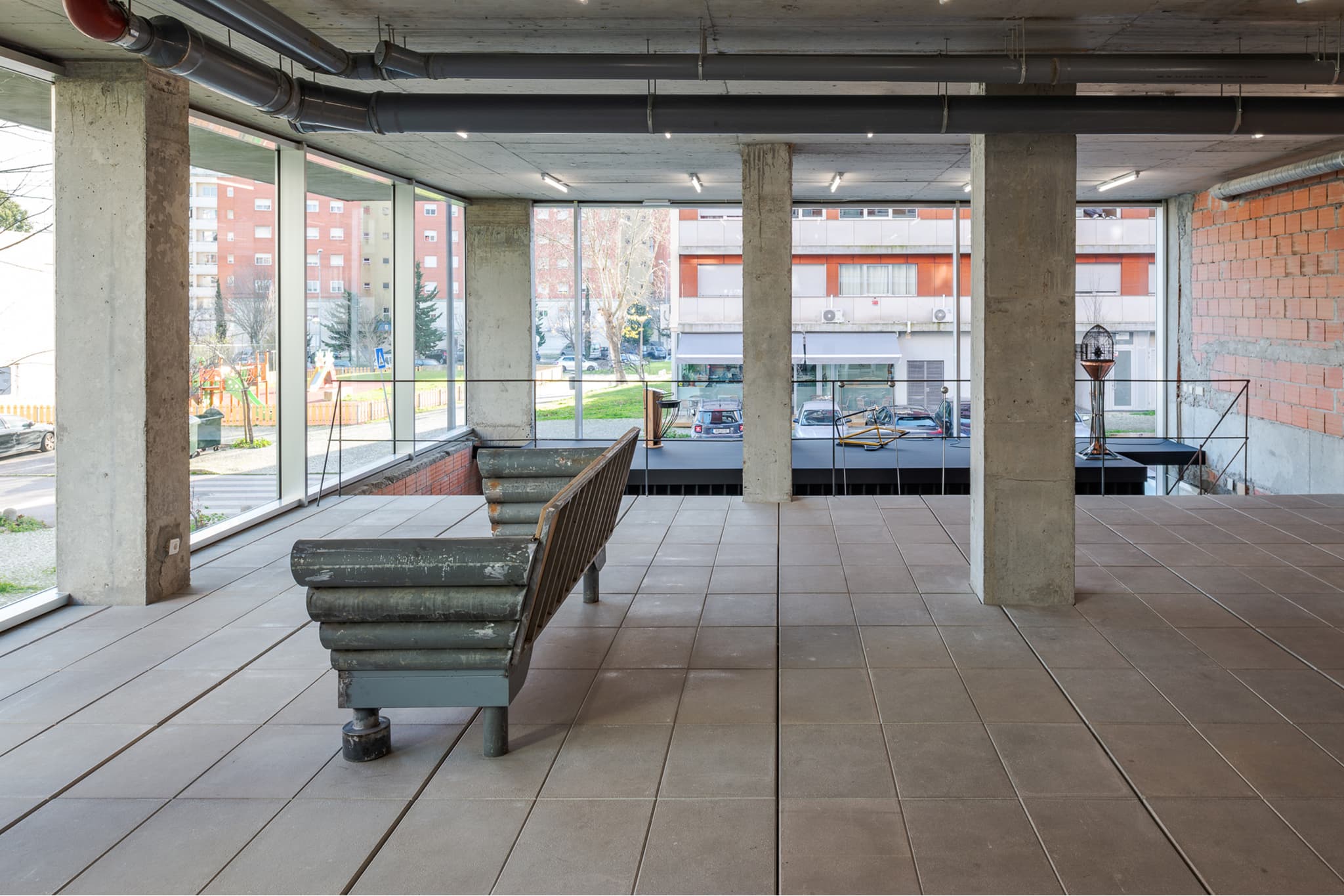
Installation View
Dozie Kanu
Preenchendo Vazios, 2024
Lumiar Cité, Lisbon
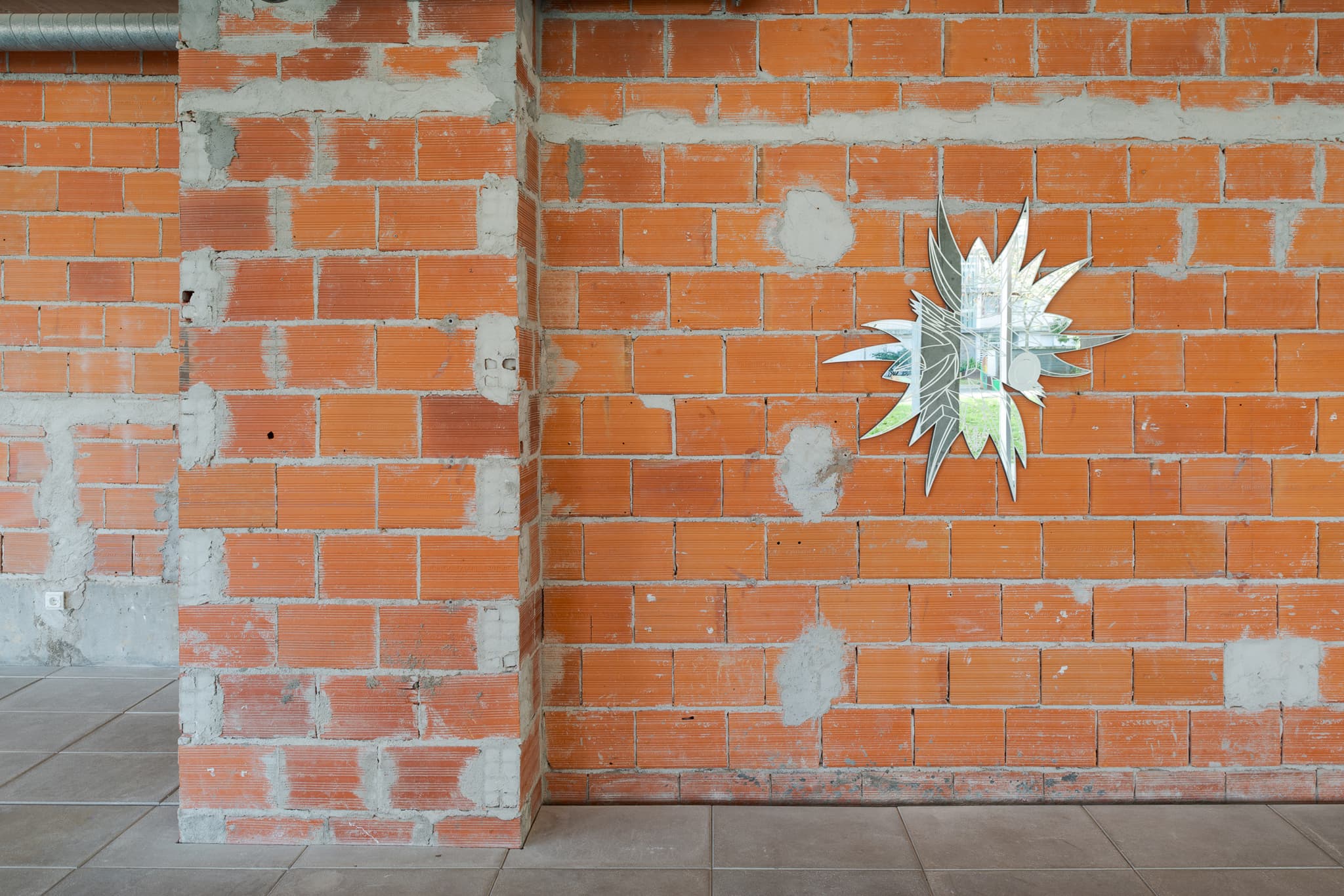
Installation View
Dozie Kanu
Preenchendo Vazios, 2024
Lumiar Cité, Lisbon
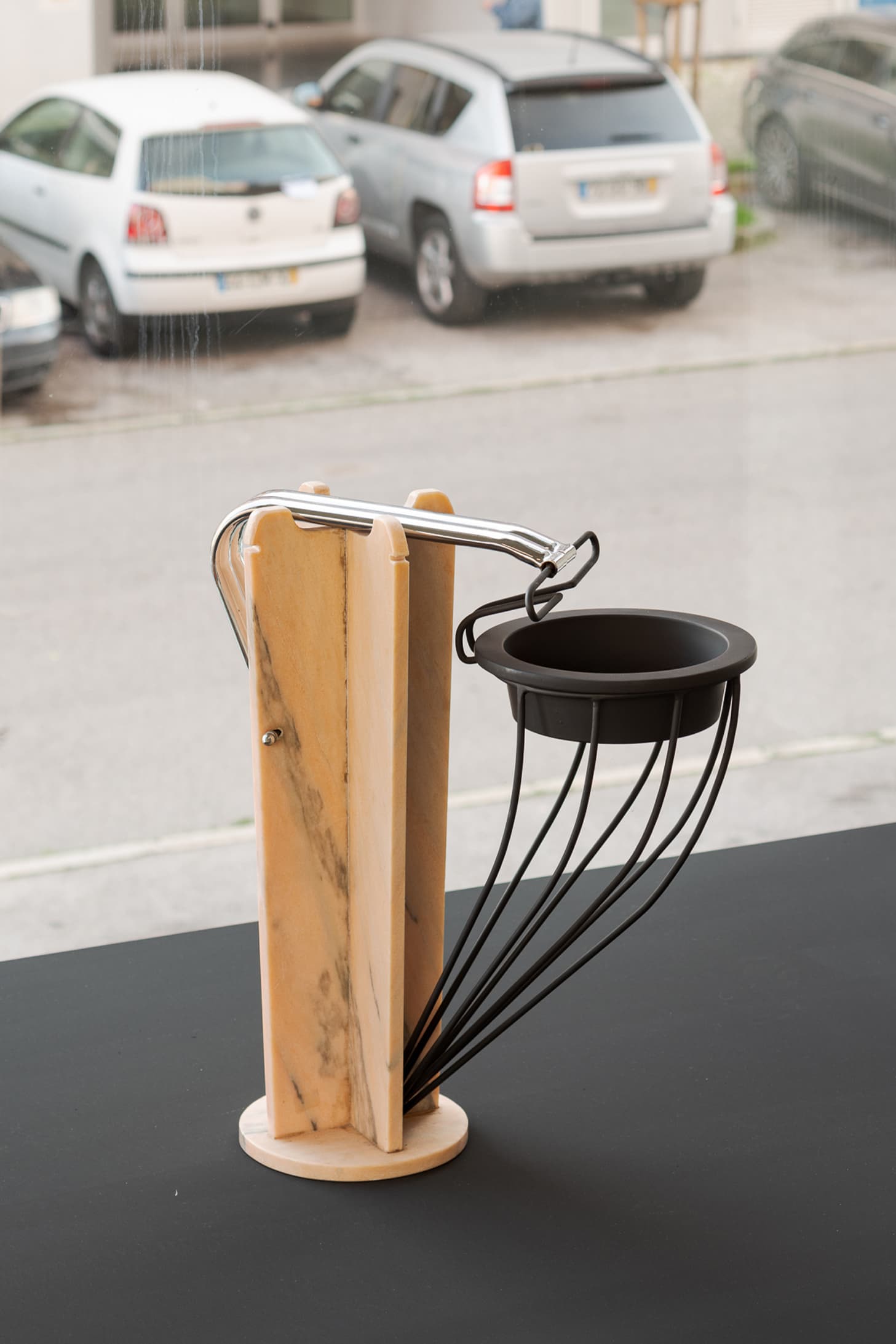
Installation View
Dozie Kanu
Preenchendo Vazios, 2024
Lumiar Cité, Lisbon
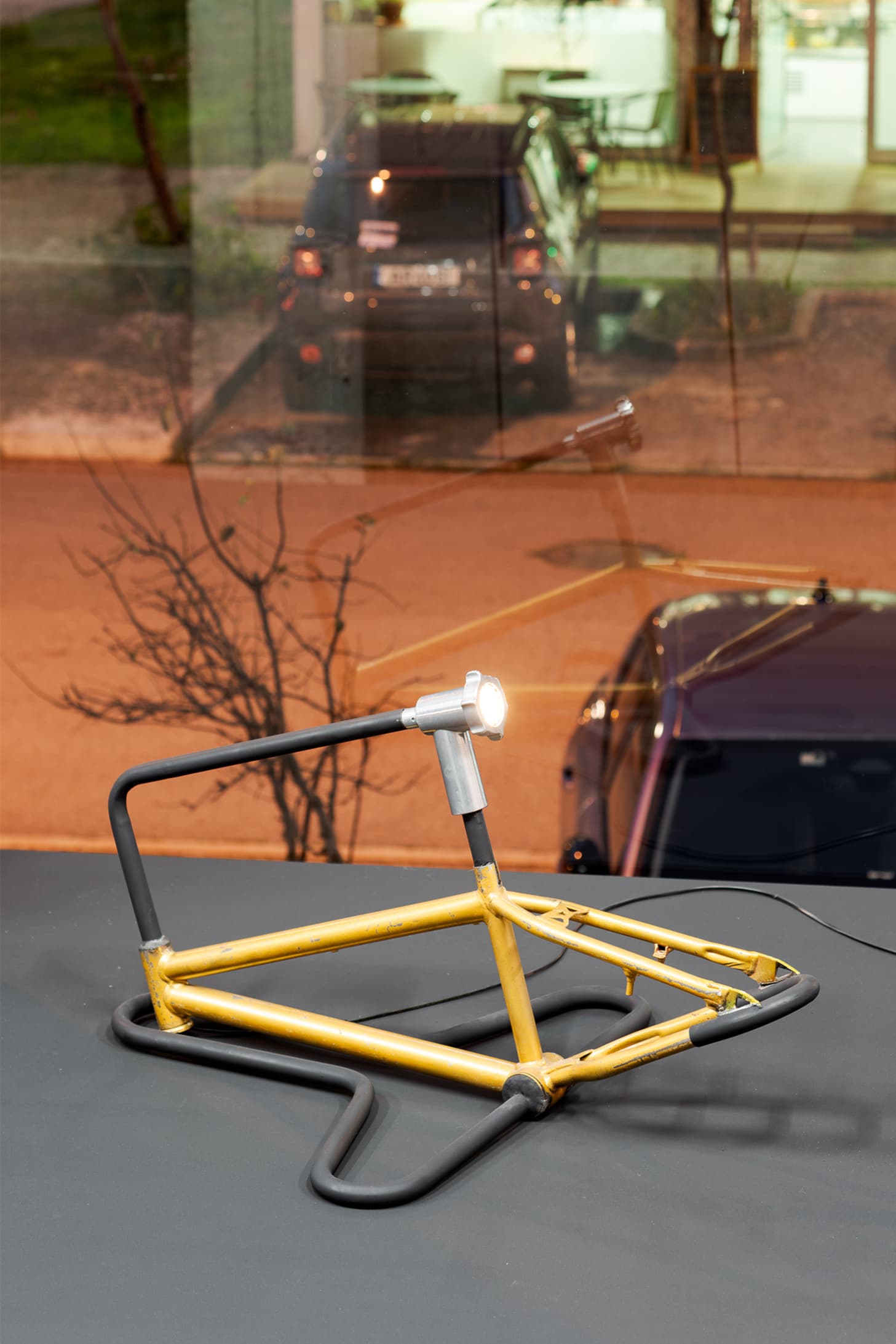
Installation View
Dozie Kanu
Preenchendo Vazios, 2024
Lumiar Cité, Lisbon
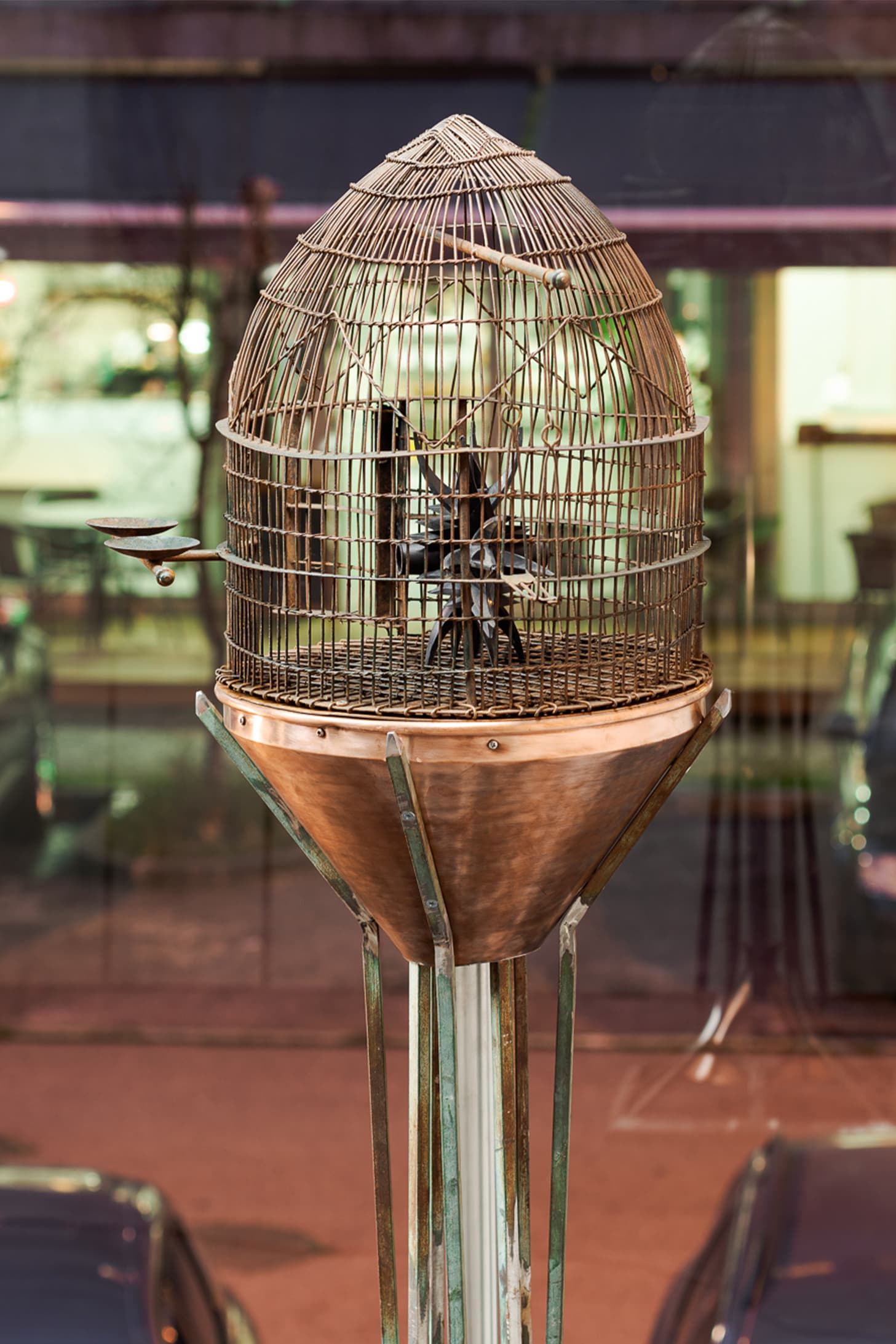
Installation View
Dozie Kanu
Preenchendo Vazios, 2024
Lumiar Cité, Lisbon
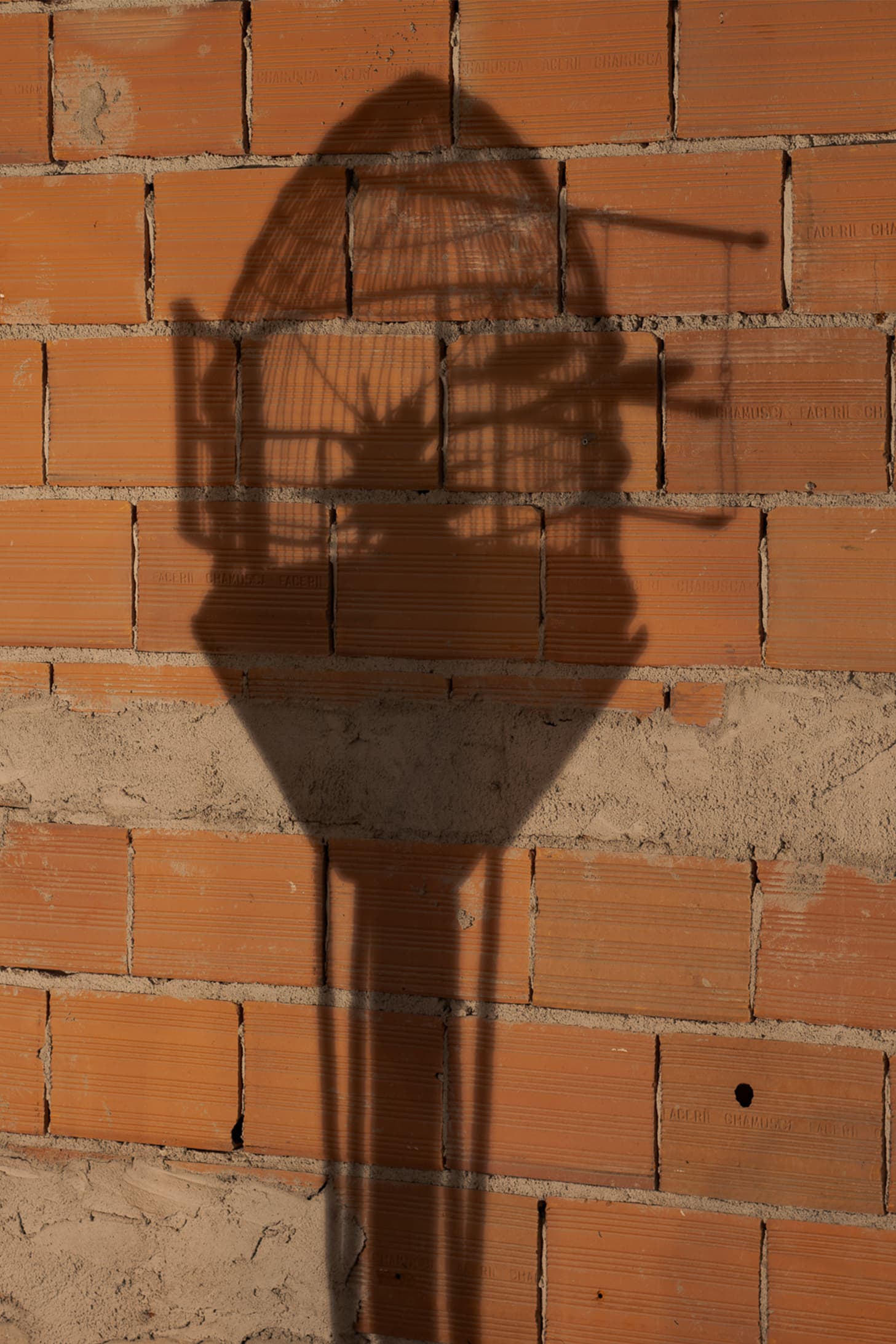
Installation View
Dozie Kanu
Preenchendo Vazios, 2024
Lumiar Cité, Lisbon
Dozie Kanu’s artistic practice is based on an intensive examination of material culture. His cultural-anthropological observations of positions in the Western (art) world serve as source material for his sculptures and spatial installations, which has led to great international recognition in recent years.
Kanu’s first major institutional exhibition in Portugal presents itself with an ambiguous title. ‘Preenchendo vazios’ (Filling Voids) may at first glance imply filling an empty exhibition space, but in Kanu’s project for Lumiar Cité it has a deeper meaning. The artist’s oeuvre refers to blind spots in Western institutions dedicated to art-historical discourses and exhibition of art, which he in turn occupies through subtle appropriations of such practices.
His assemblages of various ‘found’ materials appear aesthetically sophisticated but do not disguise their original use. Formally they reference cultural phenomena typical of the southern states in the US, including the aesthetics of ‘slab culture’, an offshoot vehicle modification, or the material practice of Black southern artists. But Kanu’s practice is also reminiscent of the way in which materials are assembled in art practices of Western modernity that have drawn on non-Western cultures while ignoring characteristics such as questions of animism or original animations of objects such as African masks.
Usual forms of contemplation of his appealing artworks is challenged by the artist; by suggesting other (applied) uses, the artist effective throws sand in the gears of fine art appreciation. With its eloquent material vocabulary, Kanu’s work seems at first glance an art for art’s sake, apparently insisting on the idea of the autonomous work inherited from modernism. However, the artist subtly undermines this in the context of the exhibition space by suggesting these possible ‘other’ uses. A monumental sculpture through which the artist dramatically reformulates the conditions of access to the gallery in the architecture of Lumiar Cité serves at the same time as a plinth for other new sculptures created for the exhibition. Flagpole sculptures appear without flags, and some visitors may be torn between looking at a sculpture and the implicit possibility of taking a seat on it. The artist evokes but deliberately does not lay down any rules.
It is this subtle play in the artist’s body of work that unhinges the idea of the pure, original and authentic in modernity – a modernity that excluded other modernities articulated by women and/or non-white artists. With their forms being multi-interpretable and -usable, Kanu's sculptures are ambivalent, neatly emulating precisely the disorder that modernism sought and continues to seek to eradicate.